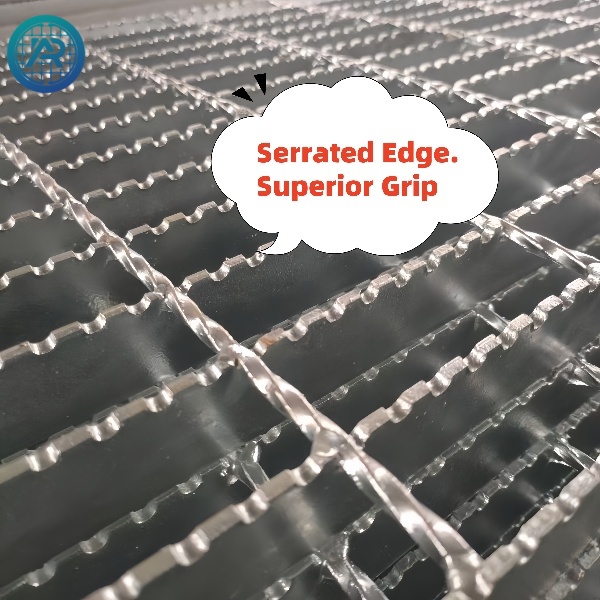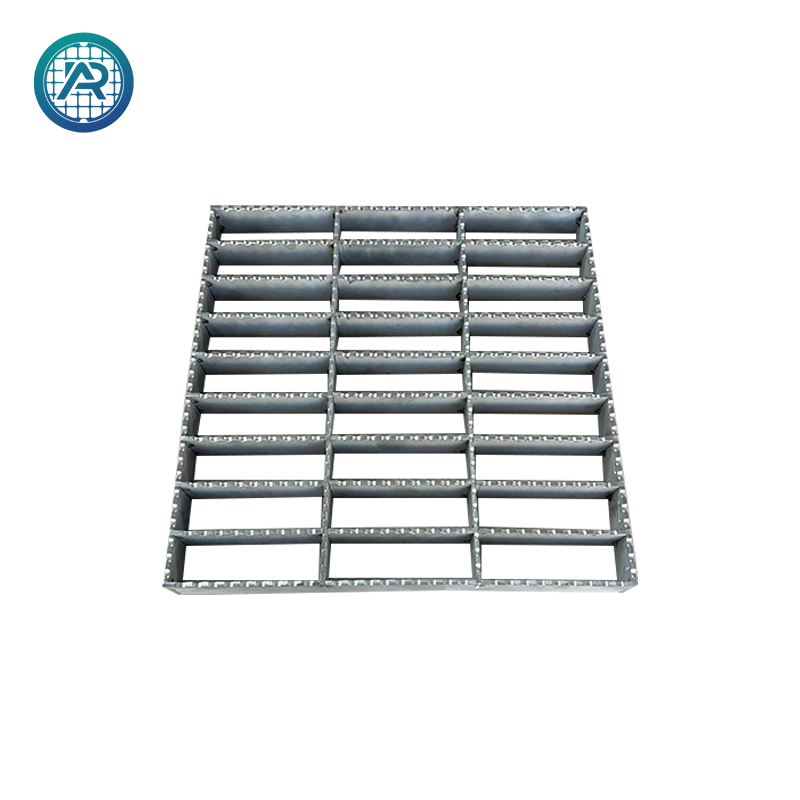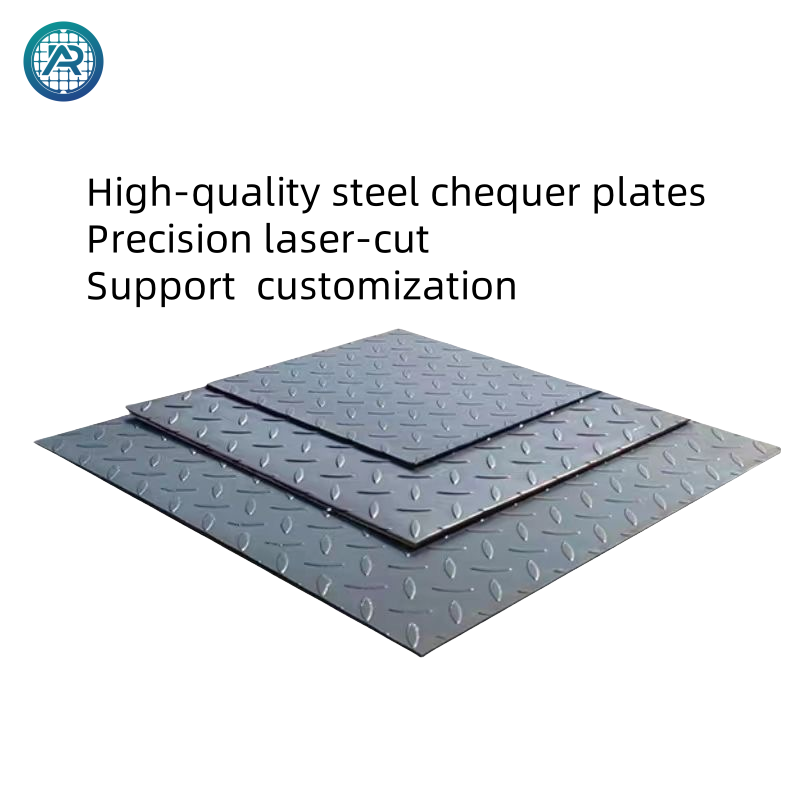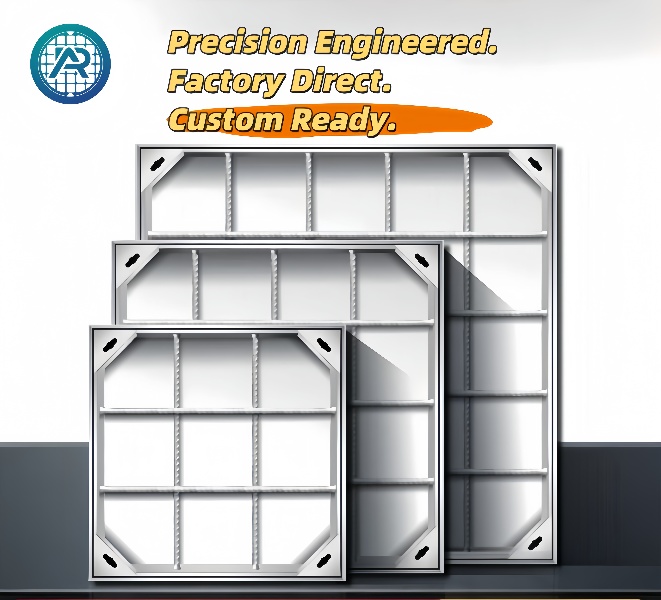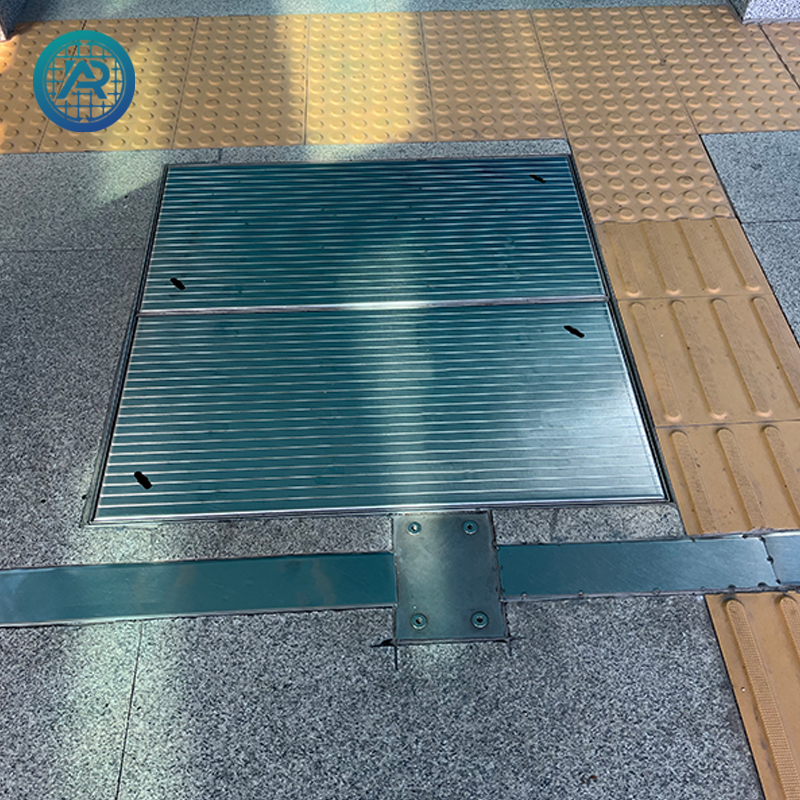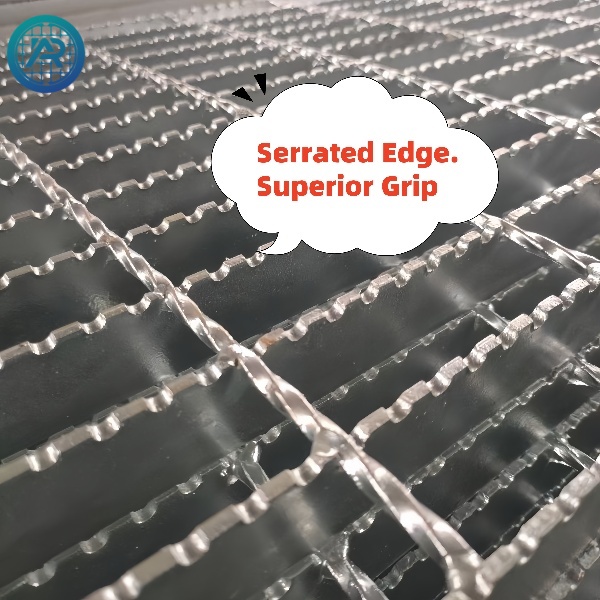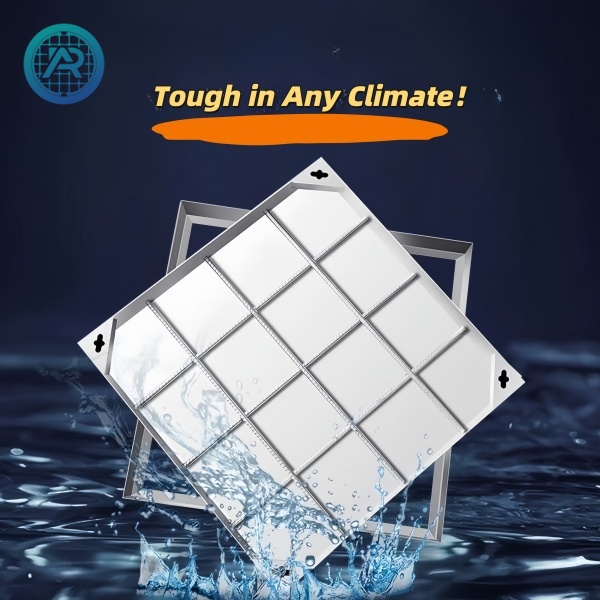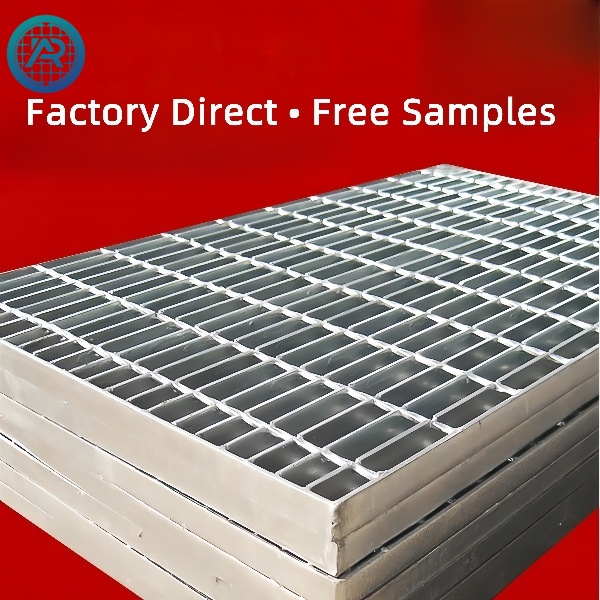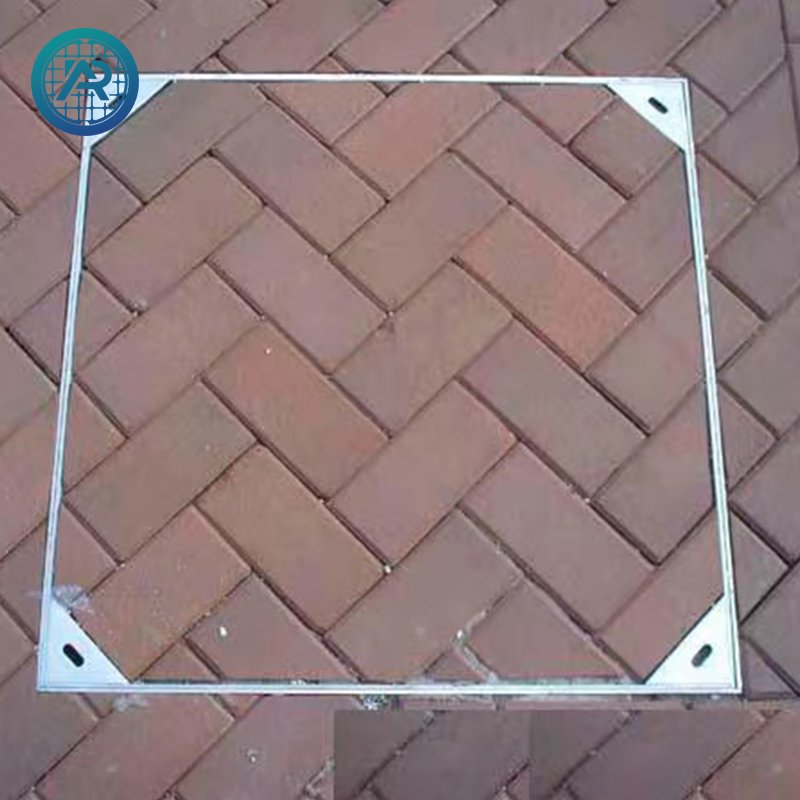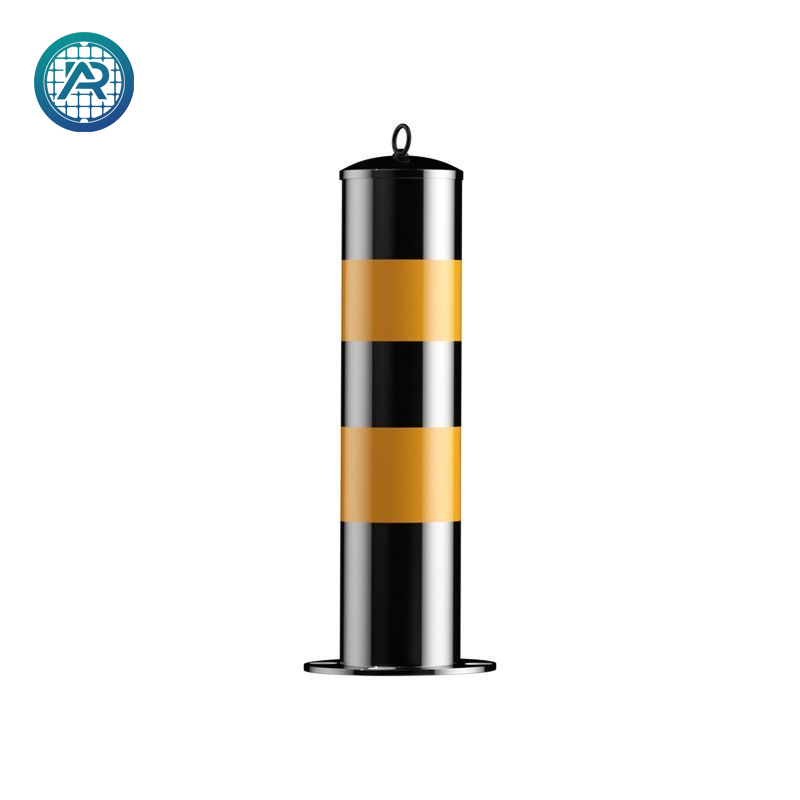Global infrastructure consumes 120 million tons of metal grating annually, emitting 2.8 tons of CO₂ per ton produced. With EU CBAM and California’s AB 2440 mandating 30% recycled content, eco-friendly grating solutions are challenging conventional metal grating dominance.
1. Material Innovation Battleground
Recycled Plastic Grating: Walmart’s HDPE grating achieves 45MPa strength (60% of steel) with 3x corrosion resistance, yet deforms above 80℃. Carbon nanotube enhancements target 70MPa by 2026.
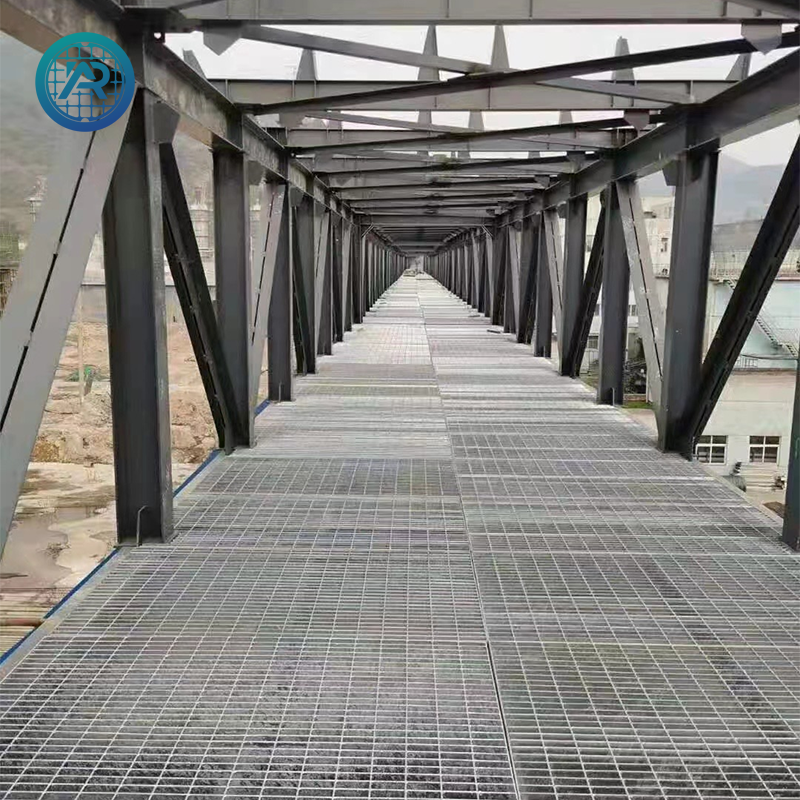
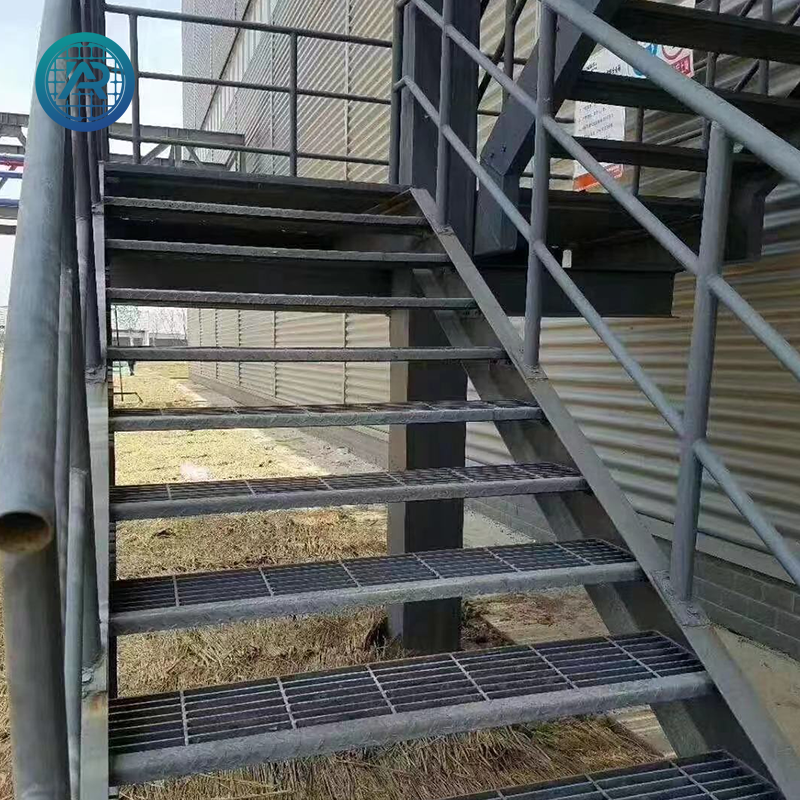
Recycled Aluminum Grating: Tesla’s micro-arc oxidized aluminum metal grating (HV450 hardness) outperforms steel but requires green energy to offset 25% higher smelting energy.
Bio-Composite Grating: Plantics’ flax-resin grating cuts emissions by 95% but faces 12% swelling in humid environments. MIT’s waterproof bacterial coating reduces water absorption to 1.7%.
2. Lifecycle Cost Revolution
Initial cost: 50/m² (steel grating), gap narrowing to $18 with carbon taxes;
Maintenance: London Metro slashed corrosion repairs by 80% using recycled aluminum;
Residual value: 40% buyback for recyclables vs $30/ton disposal cost for traditional metal grating.
3. Industry Upheaval
Certification wars: UL ECVP displaces ISO 1461, costing suppliers $23M contracts;
New players: Covestro’s fishing net-based grating won Maersk’s $470M order; Ecogrid’s blockchain-tracked materials enable carbon trading; China 3D-prints grating from demolition waste.
4. Future Outlook
EU’s "product passport" mandates recycling rate labeling by 2030, driving closed-loop systems:
Magefa’s take-back program achieves 91% recycling;
BCG forecasts recyclable grating will capture 38% market share by 2035.
This revolution pits material science against traditional manufacturing, with recyclables poised to dismantle the iron throne of metal grating.
5. Policy-Driven Market Fragmentation
The EU Circular Economy Action Plan mandates 50% recycled materials in public projects by 2030, accelerating metal grating replacement. Rotterdam Port replaced 32% steel grating
with marine plastic composites, securing 17% extra green financing. The
US Infrastructure Act offers $120/ton tax credits for recycled aluminum metal grating, driving Ford’s factory roof upgrades.
Asian markets showcase diversified strategies:
Japan’s "Grating Green Points" convert purchases into carbon credits;
Indonesia enforces H2S-resistant fiberglass grating on oil platforms;
China’s "Bamboo-Steel" initiative achieves 78MPa bamboo composite grating in Sichuan bridges.
6. Breakthrough Applications
Smart City Grid
Dubai’s AI system transforms 30,000 solar grating panels into environmental nodes:
PM2.5/noise/vibration sensors generate real-time urban health indices;
Piezoelectric modules yield 0.7kWh/day per panel;
Modular design cuts maintenance costs by 62%.
Extreme Environment Trials
Barents Sea oil platform tests metal grating at -45℃:
Galvanized steel: 53% toughness loss, stress corrosion in 18 months;
Recycled aluminum: stable but electrostatic risks in humidity;
Carbon-fiber plastic grating: 92% strength retention, achieving ISO 20904 certification.

